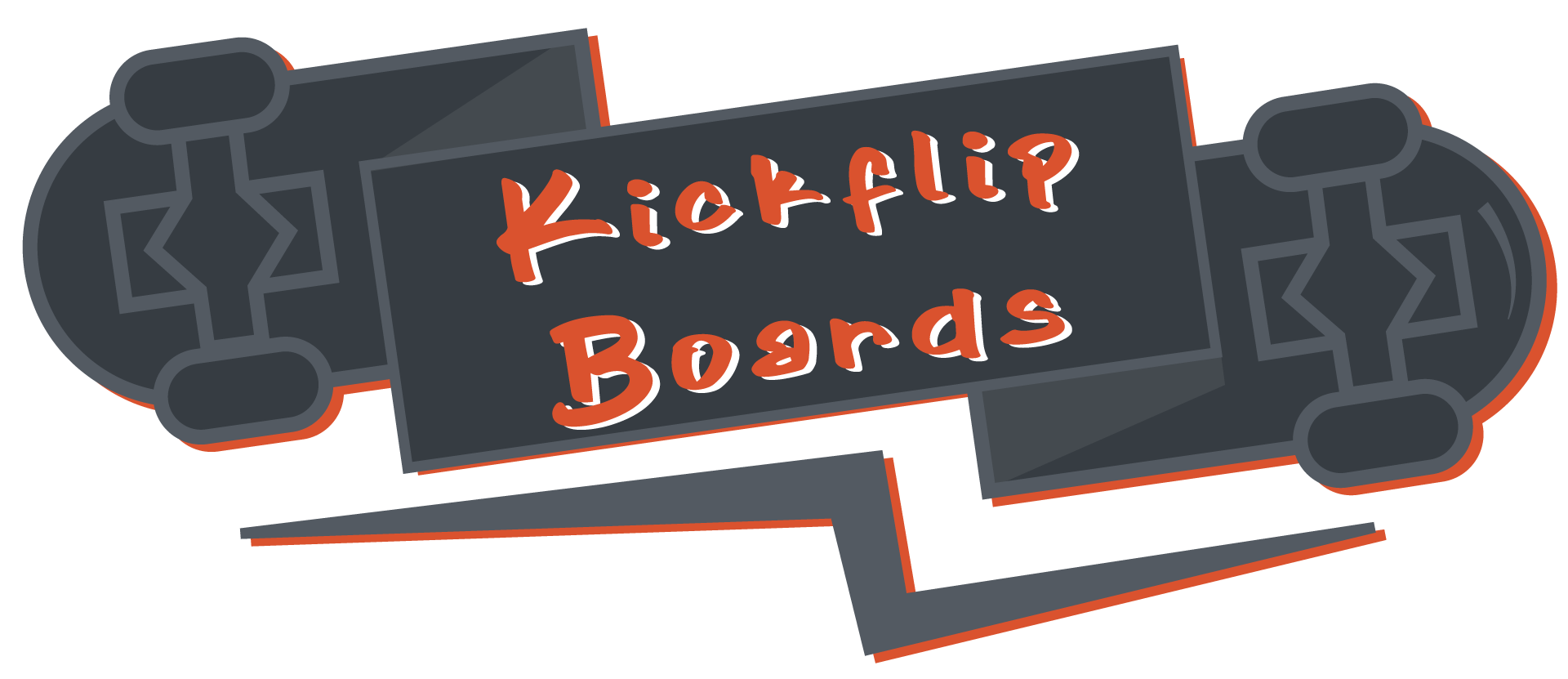Skateboarding is all about rhythm and flow, but mastering control over your skateboard’s speed is a game-changer for every rider, from newcomers to seasoned pros. Whether you’re cruising the park or navigating city streets, being able to balance, slow down, and stop quickly is essential for a smooth and enjoyable ride. In this guide, we’ll explore proven techniques to help you gain better control over your skateboard’s speed, ensuring you can navigate various terrains with confidence and precision. From mastering the art of balance to understanding effective braking methods, we’ll cover everything you need to know to elevate your skating skills. So, let’s dive in and discover how you can take your riding to the next level!
Key Takeaways
– Mastering Skateboard Control: Adjust your stance and distribute weight forward to improve balance and control while managing speed.
– Effective Speed Management: Use techniques like walking off, stomping, or foot braking to slow down smoothly and maintain stability.
– Stabilization Strategies: Practice balance exercises, cornering techniques, and mental focus to enhance control on various surfaces.
– Equipment Setup: Ensure your skateboard is set up properly to support your riding style and improve control at different speeds.
– Consistent Practice: Regularly practice on flat ground and varied surfaces to build confidence and refine your speed management skills.
– Warm-Up Routine: Incorporate a pre-ride warm-up to prepare your muscles and reduce the risk of injury while improving control.

Controlling Your Speed on a Skateboard
Controlling your speed on a skateboard involves a combination of technique, balance, and body positioning. Here are some effective methods to manage your speed:
- Carving for Balance and Control: Carve your skateboard by tilting the nose and leaning forward. This technique allows you to shift your weight and adjust your speed while maintaining stability.
- Weight Distribution: Shift your weight slightly backward on your toes to gain more control and reduce speed. Moving your weight to your heels can increase speed but may decrease stability.
- Going Back and Forth: Practice ollies and manual tricks by alternating your weight between your front and back feet. This helps in managing your speed and maintaining balance during tricks.
- Heel-Side vs. Toe-Side Riding: Ride on your toes for better control and precision, which can help in managing your speed effectively. Toe-side riding allows for quicker turns but requires more skill to control speed.
- Stopping Techniques: To decelerate, shift your weight back and use your non-riding foot to drag. This provides a controlled stop while maintaining balance.
- Sharp Turns and Speed Management: When making sharp turns, lean into the direction you want to go. This redistributes your weight and adjusts your speed accordingly while maintaining control.
Practicing these techniques consistently will help you develop better control over your speed and overall performance on a skateboard. Remember to always prioritize safety and balance when adjusting your speed, especially in public areas.
How to Stop a Skateboard
Stopping a skateboard requires a combination of balance, body control, and understanding of the board’s mechanics. Here’s a step-by-step guide to effectively stopping your skateboard:
- Keep Your Back Foot Steady : Maintain firm contact with the ground with your back foot. This provides stability and helps prevent the skateboard from tipping over.
- Bend Your Front Knee : As you approach a stop, bend your front knee gently to apply downward pressure. This engages the wheels and slows your momentum.
- Avoid Leaning Backwards : Stay upright or slightly forward to maintain balance. Leaning too far back can cause the skateboard to slip out from beneath you.
- Stay Focused : Keep your eyes forward and centered. Looking around can disrupt your balance and control.
- Practice Turning Smoothly : When you need to stop abruptly, turn smoothly and avoid sudden movements. Sudden turns can cause the skateboard to pivot and lose traction.
By mastering these techniques, you’ll gain better control over your skateboard and improve your stopping ability. Remember, practice is key to becoming confident and comfortable with your stops.

How Do You Slow Down Your Skateboard?
To effectively slow down your skateboard, master the fundamental technique of braking and controlling your movement. Here’s a step-by-step guide:
Primary Braking Method
1. Maintain a steady stance with your feet shoulder-width apart.
2. Place your back foot on the tail of the skateboard, behind the rear wheels and trucks.
3. Shift your weight gently onto your back foot as you apply pressure with your front foot.
4. Let go of the front foot and trust the back foot to stabilize and slow the board.
Alternative Techniques
For smoother control during slower speeds:
- Pumping Brakes: Use your legs to pump the tail down and release pressure gradually, transferring weight from front to back foot.
- Nose Manual: Pop the nose slightly and ride the tail, allowing the board to decelerate as you pivot.
- Weight Distribution: Shift your weight forward to initiate a slower stop and maintain balance.
When to Use Each Technique
Choose the right method based on speed and terrain:
- Fast movement: Use the primary braking method for quick stops.
- Medium speed: Opt for pumping brakes for smoother deceleration.
- Slow cruising: Utilize the nose manual for gentle stops.
Mastering Control
Practicing these techniques consistently helps improve your ability to control the skateboard at varying speeds. Remember, safety and control are key to enjoying your ride responsibly.
Kickflip Boards encourages riders of all levels to explore different techniques and enhance their skills through our comprehensive guides and resources. Visit our Techniques Section for more tips and tricks!

How to Slow Down on a Longboard
Slowing down on a longboard requires understanding the various techniques and methods to maintain control while decelerating. Here are some effective ways to slow down:
- Walking Off : The simplest method is to walk off the board. This works well when you’re moving slowly and allows you to dismount gracefully.
- Stomping : Stomp firmly on the ground with your foot to apply pressure and bring the board to a halt. Ensure you stomp hard enough to stop effectively.
- Foot Braking : Drag your foot along the ground to create friction, slowing down the board. This method helps in maintaining balance and control.
- Leaning Backwards : Leaning backward distributes your weight and can help you slow down, though balance may become an issue depending on the surface.
For optimal control, consider combining these methods. For instance, stomping while simultaneously dragging your foot can provide greater stability. Practice on different surfaces to adapt your technique accordingly. Remember, safety is paramount, so always test these methods gently and adjust as needed for your comfort and skill level.
Improving Skateboard Control and Stabilization While Managing Speed
Mastering skateboard control and stabilization while managing speed requires a combination of technique, practice, and awareness. Here are some effective strategies to enhance your skills:
- Stance and Foot Placement:** Adjust your stance slightly forward to improve balance and control. Place the majority of your weight on the front foot for better stability and maneuverability.
- Weight Distribution:** Shift your body weight forward and distribute it evenly across both feet. This helps maintain stability and allows for better control while moving at varying speeds.
- Balance Exercises:** Practice standing on one foot or balancing on the tail of the skateboard. These exercises will improve your overall balance and help you stay upright while managing speed.
- Speed Management Techniques:** Push down on the nose of the board to increase speed, but avoid leaning too far forward. Use your back foot to assist with braking and maintain control during sharp turns.
- Cornering Technique:** Initiate turns gradually and use your right foot to guide the board. This helps maintain stability and prevents the board from sliding out during tight corners.
- Equipment Setup:** Ensure your trucks are properly aligned and tightened. Proper equipment setup can significantly impact your ability to control the board at different speeds.
- Regular Practice:** Consistently practice on various surfaces and board setups. This will help you adapt to different conditions and improve your control and stability.
- Warm-Up Routine:** Incorporate a warm-up routine before each ride to prepare your muscles and improve flexibility, reducing the risk of injury and enhancing control.
By focusing on these areas and incorporating consistent practice, you can significantly improve your skateboard control and stabilization while effectively managing your speed. Remember to always ride safely and respect the rules of the road.
Learn more about maintaining your skateboard equipment to ensure optimal performance and control.

Improving Skateboard Control and Stability While Managing Speed
Mastering skateboard control and stability while managing speed requires a combination of proper technique, balance, and practice. Here are some effective strategies to enhance your skills:
- Stance and Foot Placement:** Adjust your stance slightly forward to improve balance and control. Place the majority of your weight on the front foot for better maneuverability and stability.
- Weight Distribution:** Shift your body weight forward and distribute it evenly across both feet. This helps maintain stability and allows for better control while moving at various speeds.
- Braking Technique:** Apply pressure with your back foot to initiate braking. Modulate the force based on the situation to avoid skidding and maintain balance.
- Cornering:** Lean into turns gently and keep your eyes focused on the direction you’re moving. This helps maintain your center of gravity and prevents tipping over.
- Practice on Varied Surfaces:** Get comfortable riding on different terrains, such as grass, gravel, or concrete, to improve your ability to adapt and maintain stability regardless of the surface.
- Mental Focus:** Stay alert and aware of your surroundings. Focusing on your movements and the board’s reaction will help you maintain control, especially at higher speeds.
- Equipment Setup:** Ensure your skateboard setup, including trucks and wheels, is properly aligned for your riding style. A ill-fitted setup can hinder control and stability.
- Avoid Common Mistakes:** Don’t stand too upright or lean too far backward, as this can throw off your balance. Maintain a slight bend in your knees to stay flexible and stable.
- Consistent Practice:** Regular practice on flat ground and varied surfaces will help you build confidence and improve your ability to manage speed while maintaining control.
By focusing on these areas and practicing consistently, you can significantly enhance your skateboard control and stability while effectively managing your speed. Remember to always ride safely and prioritize safety gear to protect yourself during practice sessions.
For more tips and resources on improving your skateboard skills, visit our Skateboard Tips section on Kickflip Boards.




0 Comments